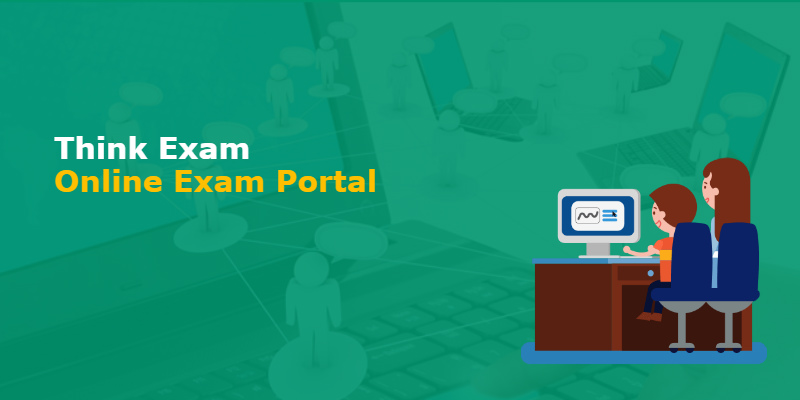The current situation has imposed strict lockdown across the globe to restrict the spread of Coronavirus disease. In such times the usual functioning of various sectors has been restricted but the educational industry has definitely found a way out.
In the past few days, many schools and universities have announced their mandatory shift to online learning. Thousands of teachers from around the world are taking initiative to shift their face-to-face learning to E-Learning platform.
Now that the educators are already ready to adopt this form of educational technology so it is important to know how it can be made more effective, engaging and yet simpler.
1. Don’t just stream your lectures but also record them.
Live streaming platforms also come with the in-built advantage of recording the live stream. Recording your videos will help the students who couldn’t attend the live stream. Many students don’t have access to a strong internet connection which is an absolute necessity for attending a live stream. The recorded live classes will help them cover the lessons at their own pace without missing any important classes.
2. Create short videos
Any video which is longer than 15 minutes can cause an issue with the downloading speed. Also, it is less engaging and the learner might zone out several times, losing track of the lesson. It is better to keep your videos short and if you have more to say then classify them into 2 or 3 short videos.
3. Be present in your videos
It has been proved that lesson videos in which the instructor is physically present are more engaging and students understand the better. Just a simple voice recording lecture can be of no worth when it comes to imparting effective learning.
4. Use ready-made resources and make sure to provide open access
It is not possible to create a variety of digital content for the complete semester all by yourself. So teachers can take help from the videos and study material that has been already published online. You can simply provide their reference links to the students and make sure that it is clickable. In this very context, it is advisable to provide links to open resources that are accessible. If the referred links have issues with accessibility then the students would definitely fill your inbox with queries. So search out the open access learning material carefully and save yourself and also your students from some extra efforts.
5. Be precise on instructions
Avoid any sort of confusion by providing instructions that are specific and exactly indicate to the students what needs to be done. If you are creating a long video then indicate to students on the important parts of the video which has to be seen. If you are proving more than two resources at once then mark them in proper order and let the students know which one has to be studied first.
6. Create engaging activities
When online live classes are paired with engaging activities then the quality of online learning automatically increases. You can make use of online exam software to create interesting quizzes and formative tests. With a variety of question types and the use of digital resources such as videos, images, and graphs you can create a quiz or test that engages your student in an effective learning process.
7. Design goal-based learning
To get the best productivity from your students, encourage them toward goal-based learning. When creating quizzes, tests, and courses you can assign goals to them. Online exam software has usually got the option to create completion certificates. Use it for rewarding your student’s goal achievements also, you can create points and awards which can be given after every goal completion.
8. Stick to lenient expectations
When you create tests and quizzes, make sure to ask questions from the lessons covered. Don’t try to assign high difficulty levels to any of your tests or quizzes as it will definitely harm the outcome. Students in online learning are more driven toward engaging methods and are better able to perform in an open environment. Putting strict restrictions will affect the responses from the students, hampering your teaching agenda.
9. Make use of group communication sensibly
Using group communication for direct teaching should be strictly avoided. Group communication is best used for resolving queries, providing suggestions, and sharing some information. It can also be used for collecting feedback from students and asking for any tips and suggestions they have for improving the teaching method.
10. Let students drive some parts of learning
This is the benefit of the E-Learning platform that it can be used to experiment with as many possibilities. You can classify your students in small groups and set them up for elaborate discussions. Students can be asked to resolve queries amongst each other and in case of unresolved issues you are open to addressing them. This way, new ideas are created and students also gain confidence.
Conclusion
Teachers indeed shifted to E-Learning platform under great stress of immediate requirements. But, it cannot be denied that this was the much-awaited change that teachers were reluctant to address until now. This is the time when every educator can evolve and explore the very new possibilities of online learning by integrating the above-mentioned tips on how to make digital learning all the more engaging and effective.




